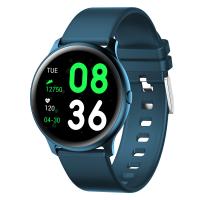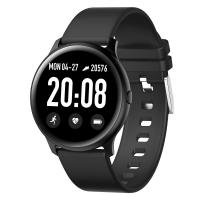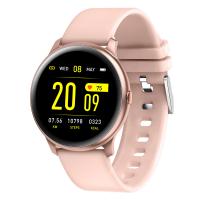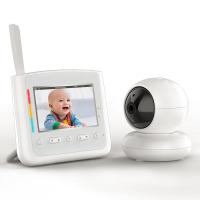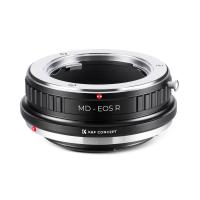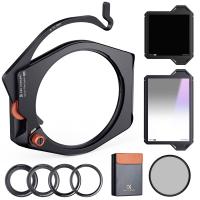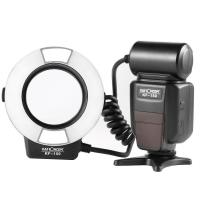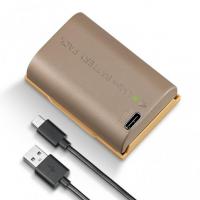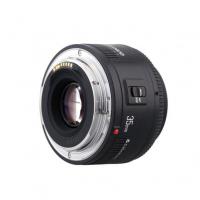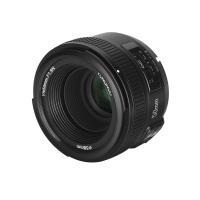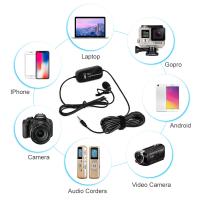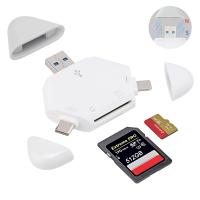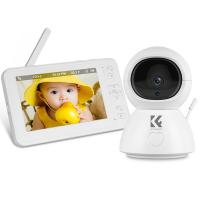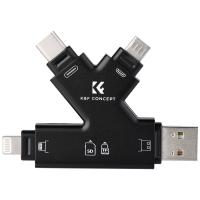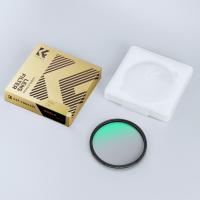How To Check If Camera Battery Is Bad?
In the age of digital photography, the camera has become an essential tool for both professionals and hobbyists. However, one of the most critical components of a camera is its battery. A malfunctioning or bad battery can render even the most advanced camera useless. Knowing how to check if your camera battery is bad can save you time, money, and frustration. This article will guide you through the steps to diagnose a bad camera battery and offer practical solutions to ensure your camera remains operational.
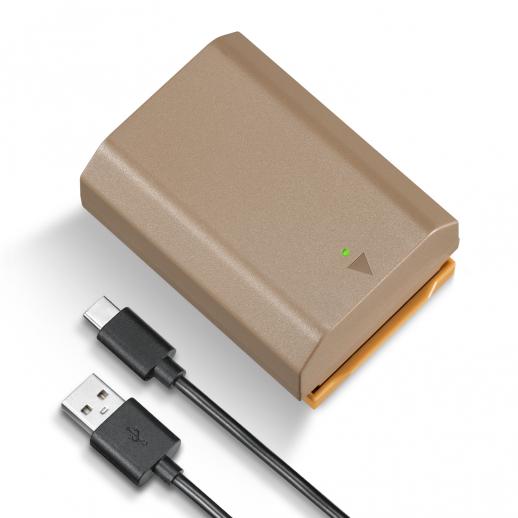
Understanding Camera Battery Basics
Before diving into the diagnostic steps, it's essential to understand the basics of camera batteries. Most modern cameras use rechargeable lithium-ion (Li-ion) batteries due to their high energy density and long life. However, like all batteries, Li-ion batteries degrade over time and with use. Factors such as charging habits, storage conditions, and usage patterns can affect a battery's lifespan.
Signs of a Bad Camera Battery
1. Shortened Battery Life: One of the most common signs of a bad battery is a noticeable decrease in battery life. If your camera used to last for several hours on a full charge but now only lasts for a fraction of that time, the battery may be deteriorating.
2. Inconsistent Performance: If your camera shuts down unexpectedly or the battery level indicator fluctuates wildly, these could be signs of a failing battery.
3. Physical Damage: Swelling, leakage, or corrosion on the battery terminals are clear indicators of a bad battery. Physical damage can be dangerous and should be addressed immediately.
4. Charging Issues: If your battery takes an unusually long time to charge or doesn't charge at all, it may be time for a replacement.
Steps to Diagnose a Bad Camera Battery
1. Visual Inspection
Start with a visual inspection of the battery. Look for any signs of physical damage such as swelling, leakage, or corrosion. If you notice any of these signs, do not attempt to use the battery. Dispose of it properly and replace it with a new one.
2. Check Battery Contacts
Ensure that the battery contacts are clean and free of corrosion. Dirty or corroded contacts can prevent the battery from making a proper connection with the camera, leading to performance issues. Use a soft cloth or a cotton swab dipped in isopropyl alcohol to clean the contacts.
3. Test with a Multimeter
A multimeter can be a valuable tool for diagnosing battery issues. Set the multimeter to measure DC voltage and touch the probes to the battery terminals. Compare the reading to the voltage rating printed on the battery. A significantly lower voltage reading indicates a bad battery.
4. Use a Battery Tester
Battery testers are specifically designed to check the health of rechargeable batteries. These devices can provide information on the battery's voltage, capacity, and overall health. Follow the manufacturer's instructions to test your camera battery.
5. Swap with a Known Good Battery
If you have access to a spare battery that you know is in good condition, try swapping it with the suspected bad battery. If the camera functions normally with the spare battery, it's a clear indication that the original battery is bad.
6. Check the Charger
Sometimes, the issue may not be with the battery but with the charger. Ensure that the charger is functioning correctly by testing it with a known good battery. If the charger fails to charge a good battery, it may need to be replaced.
Extending Battery Life
Once you've diagnosed and replaced a bad battery, it's essential to adopt good practices to extend the life of your new battery:
1. Avoid Overcharging: Disconnect the battery from the charger once it's fully charged to prevent overcharging, which can degrade the battery over time.
2. Store Properly: Store batteries in a cool, dry place. Avoid exposing them to extreme temperatures, which can shorten their lifespan.
3. Use Regularly: Batteries perform best when used regularly. If you don't use your camera often, make it a habit to charge and discharge the battery every few months.
4. Partial Discharges: Li-ion batteries prefer partial discharges over full discharges. Try to recharge the battery when it reaches around 20-30% capacity rather than letting it drain completely.
When to Replace Your Battery
Even with the best care, all batteries have a finite lifespan. Most Li-ion batteries can handle around 300-500 charge cycles before their capacity significantly diminishes. If you notice a consistent decline in performance despite following best practices, it may be time to invest in a new battery.
A bad camera battery can be a significant inconvenience, but with the right knowledge and tools, diagnosing and addressing battery issues can be straightforward. Regular maintenance and good charging habits can extend the life of your camera battery, ensuring that your camera is always ready to capture those perfect moments. By following the steps outlined in this article, you can keep your camera in top working condition and avoid the frustration of unexpected battery failures.





